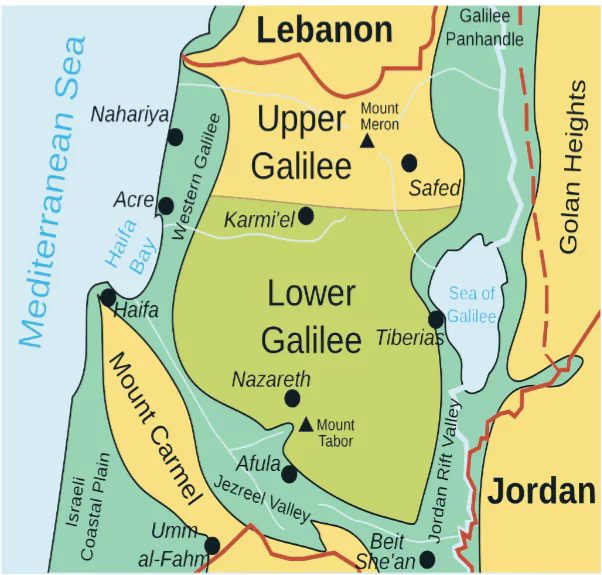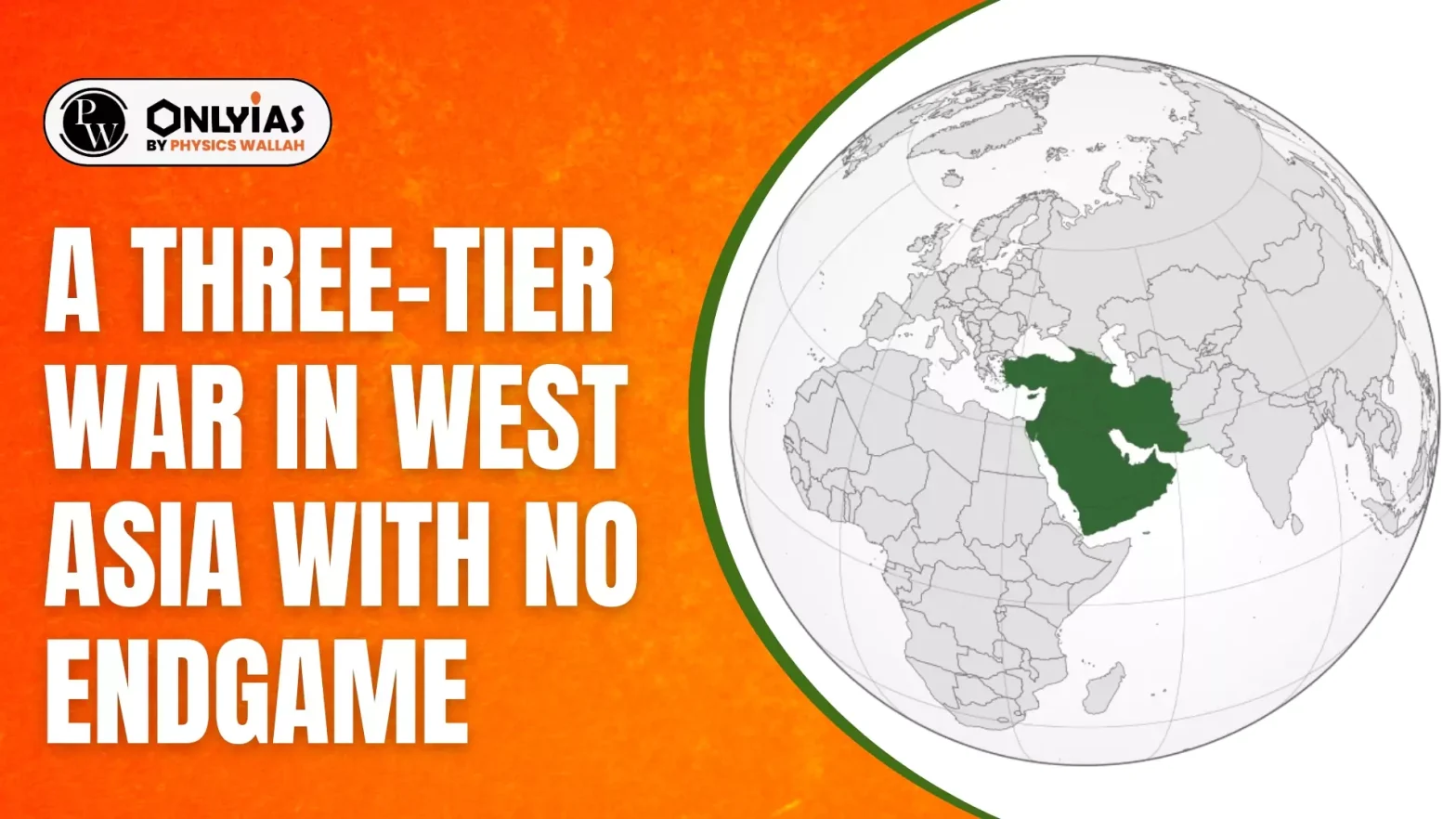The ongoing conflict in West Asia, particularly between Israel and Hamas, which began one year ago, has now escalated into a complex three-tiered war involving regional actors such as Hezbollah and Iran, with no foreseeable possibility of a ceasefire.
Overview of the Situation in the Middle East
- Pre-October 2023: The Middle East was relatively quiet, despite ongoing challenges.
- The Israeli-Palestinian conflict was tense, particularly in the West Bank, but there was de-escalation in Gaza.
- The Abraham Accords initiated Arab-Israel partnerships, with Saudi Arabia nearing normalisation with Israel.
- At the G20 Summit in September 2023, President Biden announced an economic corridor connecting India to Europe via the Persian Gulf and Israel.
- October 7, 2023: A deadly Hamas attack on Israel marked the first large-scale assault since 1948, shifting Israel’s narrative from treating Palestinian violence as a nuisance to fighting an “existential war” against terror.
- Current Context: The situation is now more lethal than in decades, forcing Israel to confront the Palestinian issue more seriously.
Enroll now for UPSC Online Course
| Note: Over the past 12 months, the Israel Defence Forces (IDF) have killed more than 41,000 Palestinians (more than 110 every day) and injured nearly 1,00,000 Palestinians. Nearly the whole population of Gaza (2.3 million) has been displaced. |
Three-Front War
The conflict has escalated into a three-front war in West Asia:
- Hamas: Initially, Hamas was the primary front, leading to increased hostilities.
- Hezbollah: Iran opened a support front through Hezbollah in Lebanon as Israel launched its assault on Gaza.
- Iran: Israel expanded its military operations, targeting Hezbollah and striking Iranian positions, including an embassy complex in Damascus. In retaliation, Iran began direct attacks on Israel.
Israel’s Objectives in the Three-Tier War
Israel’s strategy in the three-front war aims to alter the balance of power in West Asia, with specific objectives at each level:
- Bottom Tier (Gaza): Israel’s primary goals are to destroy Hamas and secure the release of hostages.
- Middle Tier (Lebanon): Israel aims to push Hezbollah away from the border and prevent rocket attacks into Israel, allowing displaced residents of the Upper Galilee to return home.
- The recent killing of Nasrallah, a key figure in the Iranian axis, highlights this objective.
- Israel has also initiated a ground invasion in Lebanon.
- Top Tier (Iran): Israel seeks to weaken Iran, its main regional rival.
- Former Prime Minister Naftali Bennett described the conflict as a war against a “rival octopus,” with Iran as the head and its militias (Hamas, Hezbollah, Houthis, Hashd al-Shabi, etc.) as the tentacles.
Check Out UPSC NCERT Textbooks From PW Store
| Upper Galilee

- Galilee is a region located in northern Israel and southern Lebanon, known for its mountainous terrain.
- Traditionally, it is divided into Upper Galilee and Lower Galilee. Upper Galilee features higher elevations and more rugged landscapes, while Lower Galilee has gentler hills and fertile valleys.
|
Current Status of Israel’s Objectives
-
Hamas
- After a year of conflict, Israel has failed to meet its objectives in Gaza, with Hamas still operational.
- Netanyahu’s goal to eradicate Hamas is now seen as unrealistic, compounded by over 100 hostages still held.
-
Hezbollah
- Israel’s military actions against Hezbollah in Lebanon have intensified, particularly after the killing of leader Hassan Nasrallah.
- However, historical trends suggest that targeting leadership may not effectively weaken militia strength, as Hezbollah continues to retaliate.
-
Iran
- Israel faces a tough situation with Iran. Military actions may not stop Iran from supporting Hamas and Hezbollah
- The absence of a comprehensive strategy risks ongoing violence, highlighting the difficulties in establishing effective deterrence.
Enroll now for UPSC Online Classes
Prospects for Ceasefire in the War
- Change in Iranian Regime: A potential resolution to the conflict could arise if the regime in Iran changes, particularly after the removal of Khamenei. However, this scenario remains unlikely in the near term.
- Resolution of the Palestinian Issue: Addressing the Palestine issue is crucial for lasting peace. A comprehensive solution could hold the key to ending the conflict, but current prospects for this are dim.
- International Support: Gaining significant international support for a ceasefire and peace process is essential.
Conclusion
The likelihood of the conflict escalating remains high, with ongoing hostilities potentially driving Iran to pursue nuclear weapons. To prevent further complications, addressing the Palestinian issue should be a top priority for regional stability.
![]() 7 Oct 2024
7 Oct 2024

